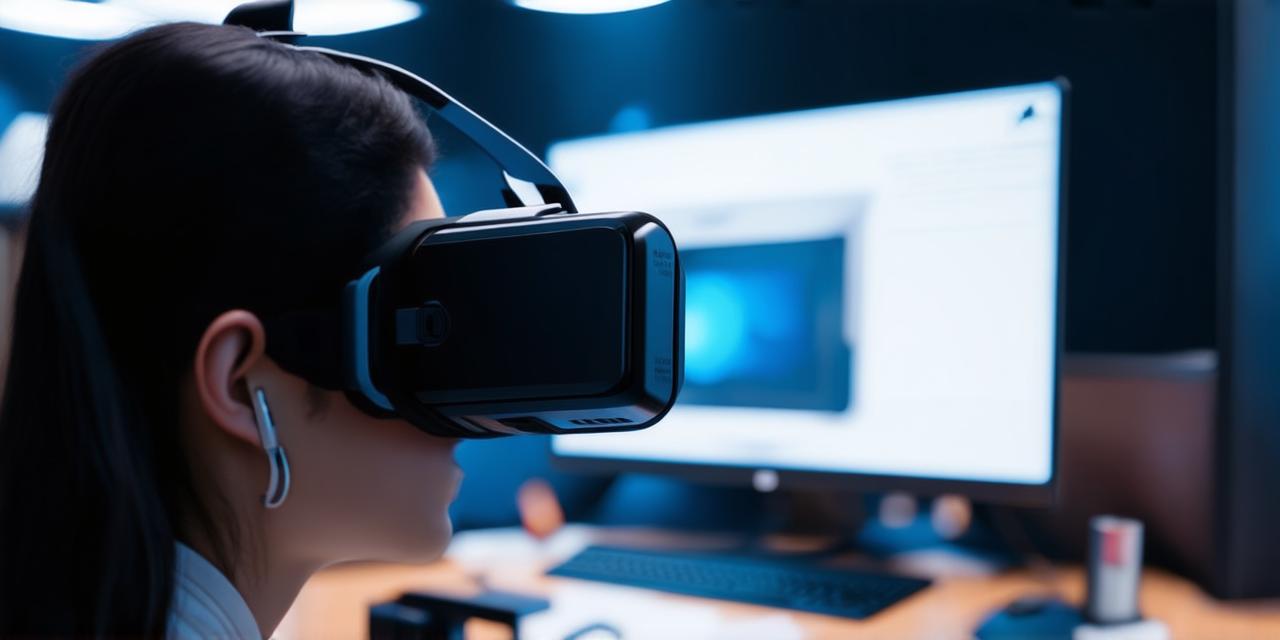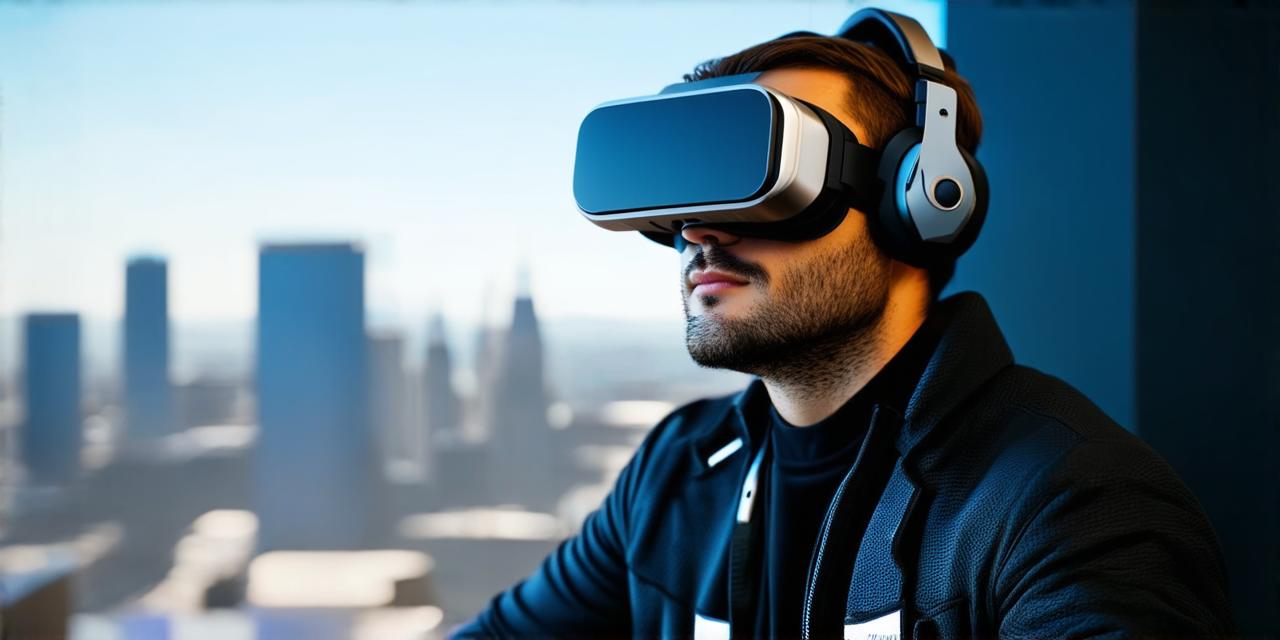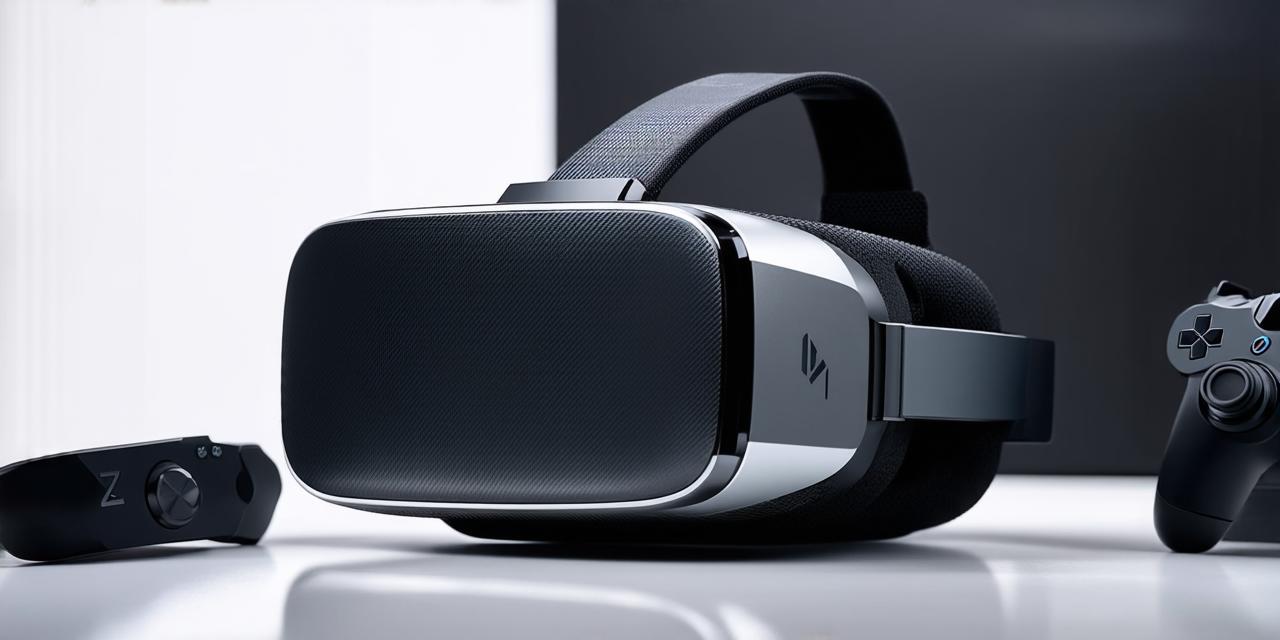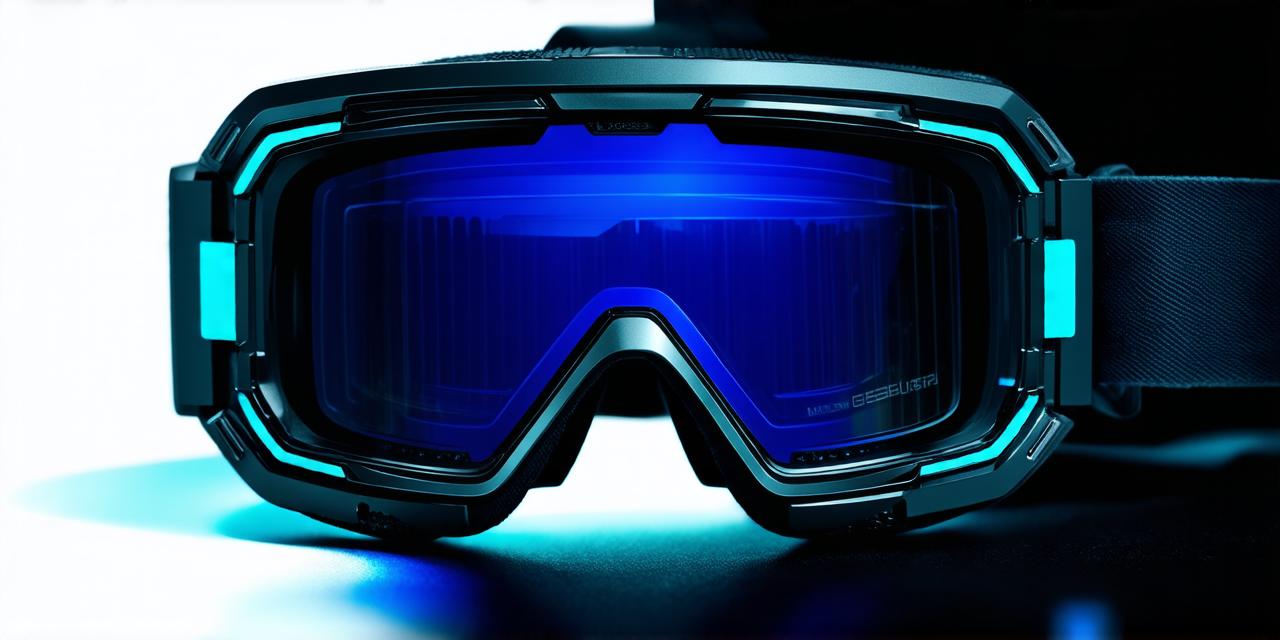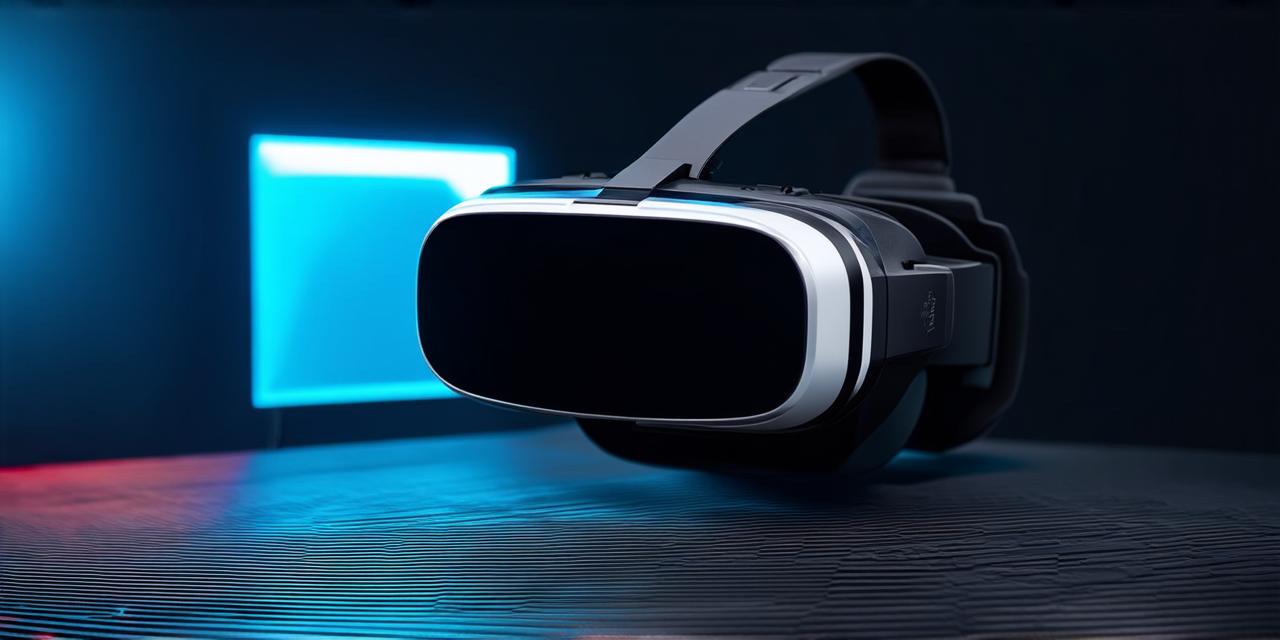Virtual Reality (VR) technology is revolutionizing education by providing immersive, interactive, and cost-effective solutions for teaching methods. VR has the potential to greatly enhance learning experiences for students by creating an engaging and memorable environment that promotes active participation and improves retention and memory.
One of the main advantages of VR technology in education is its ability to provide an immersive learning experience. Students can step into a virtual world and interact with it as if they were really there, allowing them to gain a better understanding of complex concepts through hands-on exploration. For example, a biology teacher could use VR technology to take their students on a virtual tour of the human body, allowing them to explore different parts of the body and interact with them in a virtual environment.
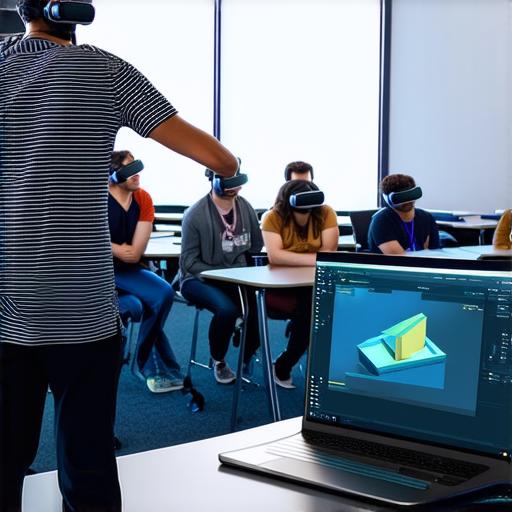
Another advantage of VR technology is its ability to create an interactive learning environment. Students can actively participate in the learning process rather than just passively absorbing information, making learning more fun and engaging for students.
Immersive experiences like those provided by VR technology can also greatly improve retention and memory. When students are actively engaged in the learning process, they are more likely to remember what they have learned. Researchers at the University of Maryland found that students who used VR technology to learn about physics had better retention and recall of the material than those who used traditional teaching methods.
The study found that VR students were able to remember more details about the physics concepts they learned, and were able to apply that knowledge in a practical setting.
In addition to these benefits, using VR technology in education can also be cost-effective. Traditional teaching methods like field trips and simulations can be expensive, but with VR technology, these experiences can be replicated in a virtual environment at a fraction of the cost.
For example, instead of taking their students on a physical tour of the Grand Canyon, a geology teacher could use VR technology to take their students on a virtual tour of the Grand Canyon, providing an immersive and engaging learning experience for students without breaking the bank.
There are many examples of how VR technology has been used to improve teaching methods in practice. Medical students have been using VR technology to simulate surgical procedures, allowing them to practice and perfect their skills in a safe and controlled environment. This has been shown to greatly improve the quality of care that patients receive, as doctors are able to perform procedures more effectively and confidently.
Another example is the use of VR technology in language learning. By using VR technology to simulate real-world scenarios, students can practice their language skills in a safe and controlled environment. For example, a Spanish teacher could use VR technology to take their students on a virtual trip to Spain, allowing them to practice their conversational skills with native speakers in a virtual environment.
In addition to these examples, there are many other ways that VR technology can be used to improve teaching methods. For instance, VR technology can be used to provide virtual field trips to historical sites or natural wonders, allowing students to explore and learn about these places without leaving the classroom. VR technology can also be used to create virtual labs or simulations, allowing students to conduct experiments or practice skills in a safe and controlled environment.
Overall, virtual reality technology has the potential to greatly enhance teaching methods by providing immersive, interactive, and cost-effective solutions for learning experiences. By using VR technology in education, students can gain a better understanding of complex concepts through hands-on exploration, actively participate in the learning process rather than just passively absorbing information, and improve retention and memory through immersive experiences. There are many examples of how VR technology has been used to improve teaching methods in practice, and its use is likely to continue to grow in the future.
